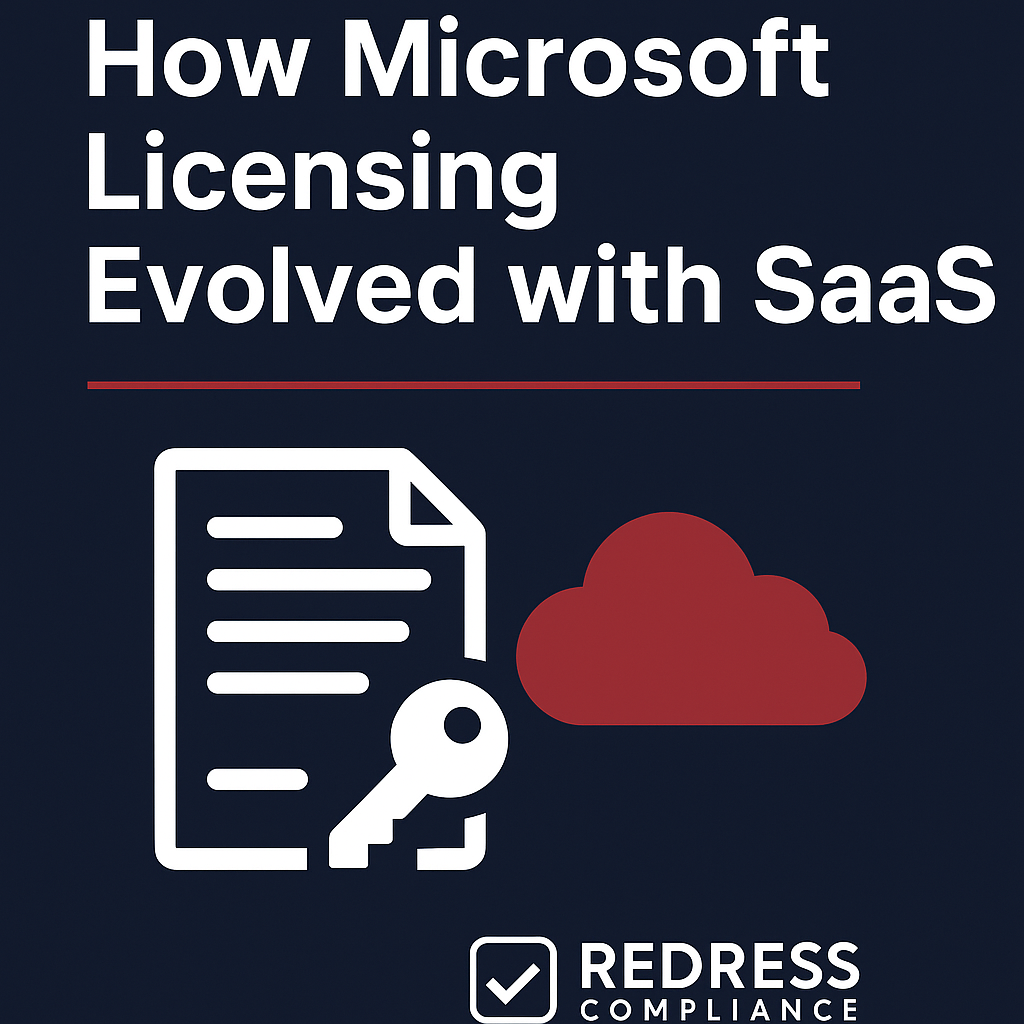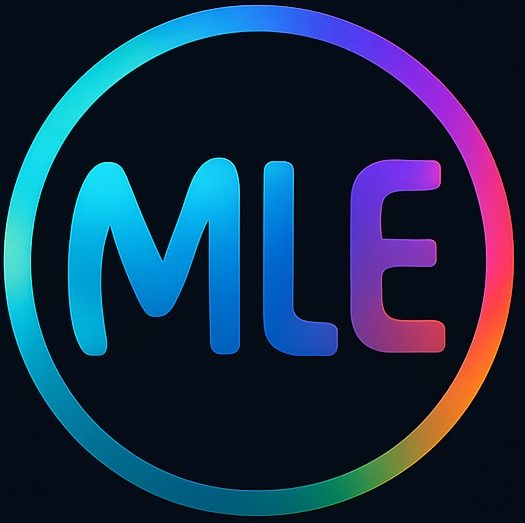
Why SaaS Changed Microsoft Licensing
Software-as-a-Service (SaaS) has fundamentally changed Microsoft’s licensing model. In the past, organizations purchased software such as Windows and Office through one-time, perpetual licenses.
Today, Microsoft emphasizes subscription services (like Office 365 and Microsoft 365) where companies pay per user on an ongoing basis, turning what used to be a one-off capital expenditure into a steady operational expense.
This shift means CIOs and CFOs must rethink how they plan and budget for Microsoft licenses, since it’s now an ongoing service relationship rather than a one-time product purchase.
From Perpetual to Subscription Models
Microsoft’s journey from selling boxed software to cloud subscriptions began in the early 2010s. Traditionally, businesses bought perpetual licenses for Office, Windows, and server products and could use those versions indefinitely.
The launch of Office 365 marked a turning point: instead of buying Office outright, customers started subscribing to a continually updated cloud-based suite.
Over time, Microsoft introduced broader bundles like Microsoft 365 (combining Office apps, Windows Enterprise, and security tools in one subscription).
By the late 2010s, subscription-based licensing became the default for Microsoft’s enterprise offerings (though a few perpetual options remain for special cases). Microsoft essentially shifted from customers owning software to renting it as a service.
How Microsoft SaaS Licensing Works
In a SaaS model, Microsoft typically licenses software per user on a monthly or annual subscription. Organizations select from various Microsoft 365 plans tailored to their specific needs (for example, basic Business plans versus more comprehensive Enterprise plans, such as E3 or E5).
They subscribe to the number of user accounts needed and assign these licenses via an online admin portal, making it easy to add users as the organization grows.
This subscription model provides more flexibility than traditional licensing, but with some caveats. Month-to-month subscriptions allow you to reduce or add licenses on short notice, but they cost more than year-long commitments.
Most companies, therefore, choose annual or multi-year commitments to secure lower pricing, which means accepting a fixed number of users for that term. Additionally, not all Microsoft services are licensed on a per-user basis.
Azure, for instance, uses a pay-as-you-go approach — charging based on consumption of compute, storage, and other resources. In general, Microsoft’s cloud licensing means you pay for continuous access and usage, rather than owning software outright.
For information on licensing, Microsoft Licensing Overview: A Beginner’s Guide
Key Licensing Shifts Enterprises Must Understand
- No perpetual ownership: With subscriptions, you don’t own the software outright. If you stop paying, you lose access, unlike a perpetual license, where you could keep using the software version you bought.
- Bundling of features: Microsoft packages many tools together in suites. You get a wide range of capabilities, but you might also pay for features that your organization doesn’t need or use.
- Regular price adjustments: Microsoft often raises subscription fees over time (usually when adding new features or services). In practice, you should anticipate that cloud license costs will increase over time, particularly at renewal.
- Limited opt-out of changes: In the SaaS model, new features or apps roll out to you automatically. You can’t decline a feature to lower the price — if it’s part of your subscription, it’s included (and might contribute to future price increases) whether you use it or not.
Financial Implications: CapEx vs OpEx
Under the old model, buying Microsoft software was often a capital expenditure (CapEx), a one-time purchase of a license that could be used for years. In the SaaS model, costs are OpEx – ongoing operating expenses for subscriptions.
This shift smooths out expenditures (with no significant upfront costs), but it can lead to higher total costs over a long period since payments are never halted.
It’s important to analyze the long-term total cost of ownership: in some cases, subscribing for, say, five or ten years may cost more than buying a perpetual license once and using it for that duration. Financial planning should account for these trade-offs.
Negotiation Strategies in the SaaS Era
- Push for multi-year price locks: Negotiate agreements that fix your subscription pricing for multiple years or cap the rate of increase. This guards against unexpected price hikes and gives you cost predictability.
- Negotiate flexibility to reduce licenses: Aim for terms that allow some downscaling of licenses at renewal (or even mid-term). Microsoft’s standard contracts favor upsizing, but insist on the ability to right-size your user count if your needs drop.
- Audit and eliminate shelfware: Continuously monitor usage to identify licenses or services you’re paying for but not using. Use these insights before renewals to remove or downgrade unnecessary subscriptions. It’s on you to ensure you aren’t over-buying bundled features that go unused.
- Consider alternatives for leverage: Evaluate other cloud providers or third-party solutions so Microsoft isn’t your only option. If they know you have viable alternatives, they’ll be more inclined to offer favorable pricing and terms.
Risks and Opportunities for Enterprises
Cost escalation is a major risk – subscription costs can quietly grow as you add users and Microsoft implements price increases.
Another related risk is vendor lock-in: once your operations run on Microsoft’s cloud, it becomes difficult to switch providers or reduce usage without major disruption.
Opportunities:
On the positive side, SaaS licensing gives organizations faster access to new features and improvements without waiting for big upgrades. It’s also easier to scale your usage up or down, and supporting remote or hybrid work is more seamless with cloud-based tools accessible from anywhere.
Perpetual vs SaaS Licensing Compared
| Model | Cost Structure | Flexibility & Scalability | Ownership | Risks |
|---|---|---|---|---|
| Perpetual License | One-time upfront purchase; optional support/maintenance for updates. | Low flexibility – adding users means buying more licenses; cannot reduce license count after purchase. | Yes – perpetual right to use a specific version indefinitely. | Big upfront cost; software can become outdated over time; upgrade costs if you want new features. |
| SaaS Subscription | Ongoing subscription payments per user (monthly or yearly). | Flexible – can add users easily; can reduce seats at contract renewal. | No – rights to use end when subscription ends. | Continuous costs; prices likely to rise; reliance on vendor’s platform (lock-in risk). |
FAQs
- Is SaaS licensing more expensive than perpetual? — Over time, it often is. You avoid a large upfront outlay with SaaS, but paying monthly or annually forever can cost more than a one-and-done license if you use the software for many years.
- Can enterprises still buy perpetual Microsoft licenses? — Yes, but only for a shrinking set of products (typically via specialized volume licensing partners). Microsoft has largely phased out perpetual licensing for businesses in favor of subscription-based offerings.
- How does Microsoft 365 pricing change over time? — It tends to increase. Microsoft has periodically raised the prices of Microsoft 365 plans (often when adding new features or adjusting for inflation). Enterprise agreements typically fix prices for their duration, but at renewal, you should expect at least a modest uptick in cost.
- What’s the difference between Microsoft 365 and Office 365? — Office 365 is the cloud suite with the Office applications and related services. Microsoft 365 includes Office 365 plus a Windows Enterprise OS license and extra security/management tools – an all-in-one bundle covering both productivity software and device management.
- How do enterprises keep leverage with Microsoft now? — Keep your options open and use your data. Regularly evaluate alternative solutions (so Microsoft knows you have choices) and analyze your usage to avoid paying for unnecessary services. If Microsoft sees you’re willing to optimize or switch providers for better value, you’ll have more negotiating power.
Five Expert Recommendations
- Audit usage regularly: Identify underused licenses so you can eliminate waste and bring your license counts in line with actual needs.
- Negotiate price protections: Try to cap annual price increases and secure multi-year rate locks in your contracts to prevent budget surprises.
- Avoid blanket high-tier licensing: Don’t buy the most expensive suite for everyone. Use lower-tier plans for most users and only give premium licenses or add-ons to those who truly require the extra features.
- Plan for long-term costs: Forecast your spend on subscriptions over several years. Understanding the long-term cost trend helps you make informed decisions.
- Keep a Plan B: Be aware of competitors’ offerings and maintain credible alternative options (even if you don’t intend to switch everything). Showing that you have other choices gives you leverage in negotiations.
